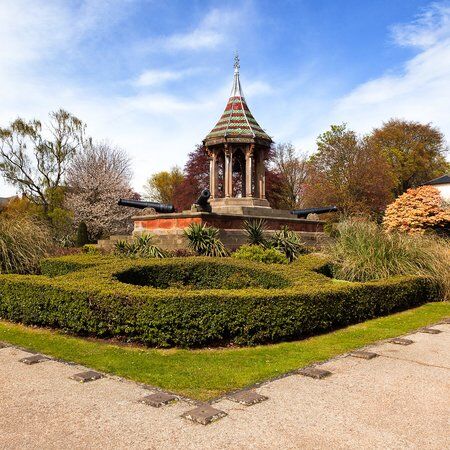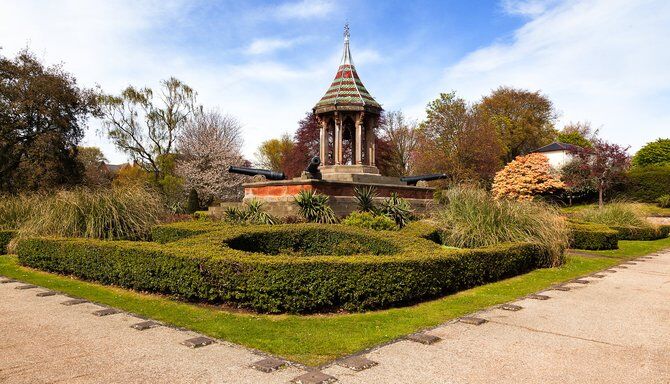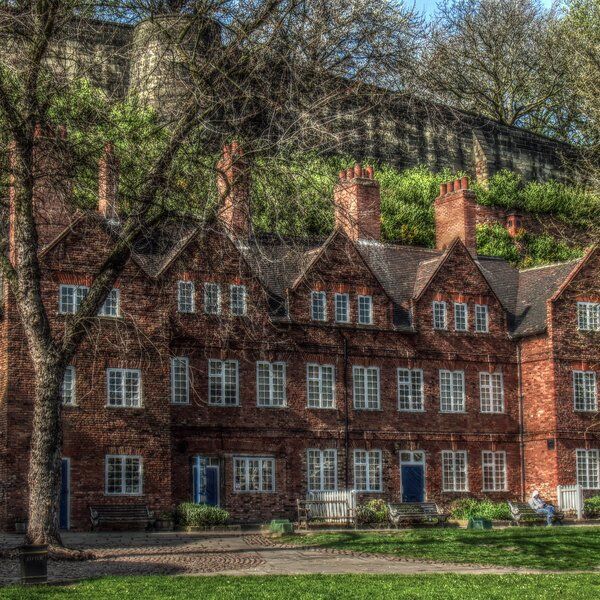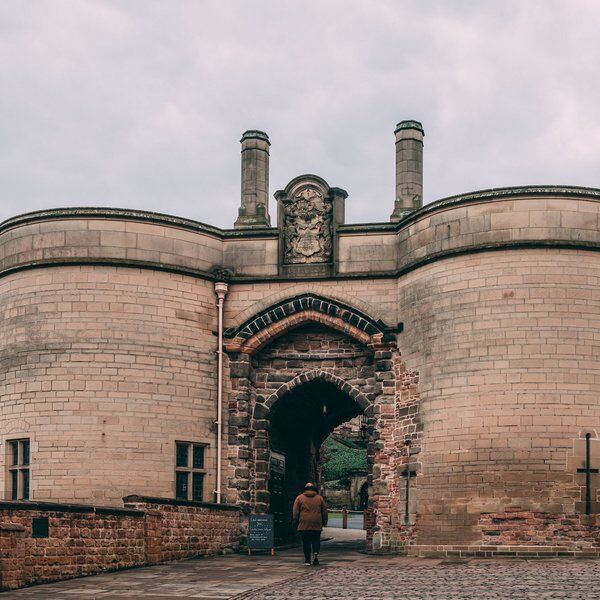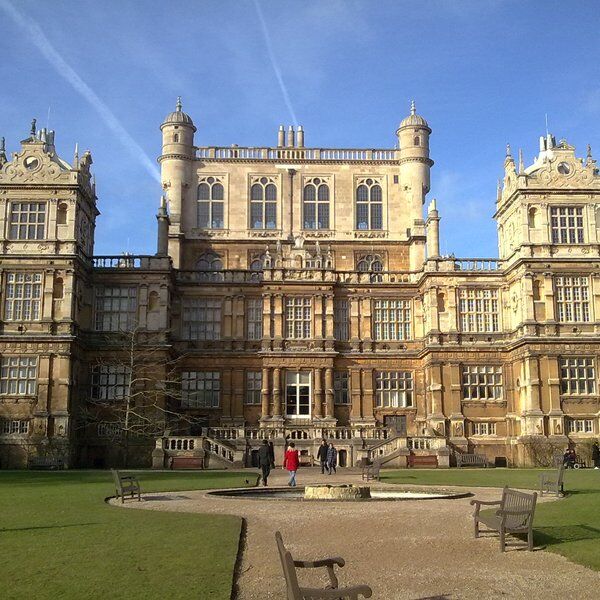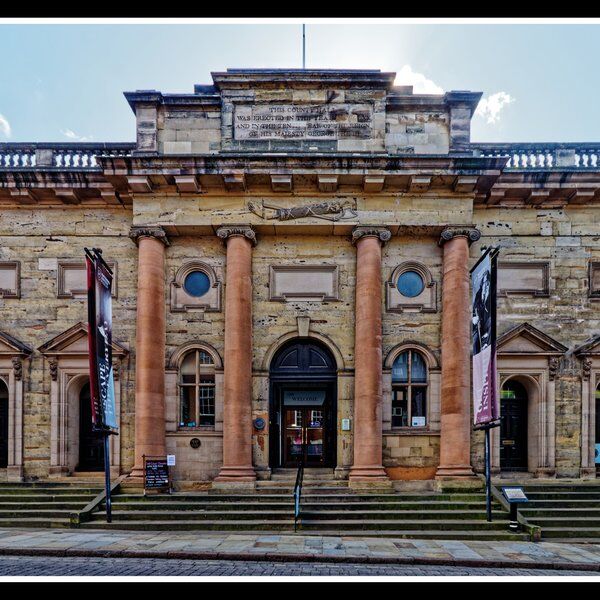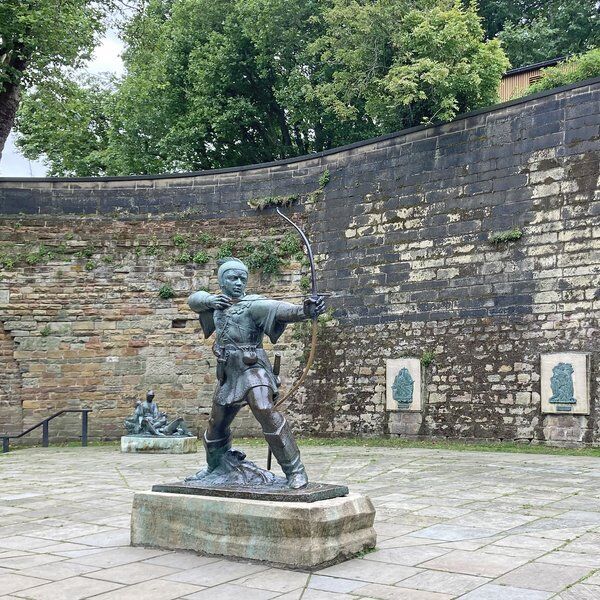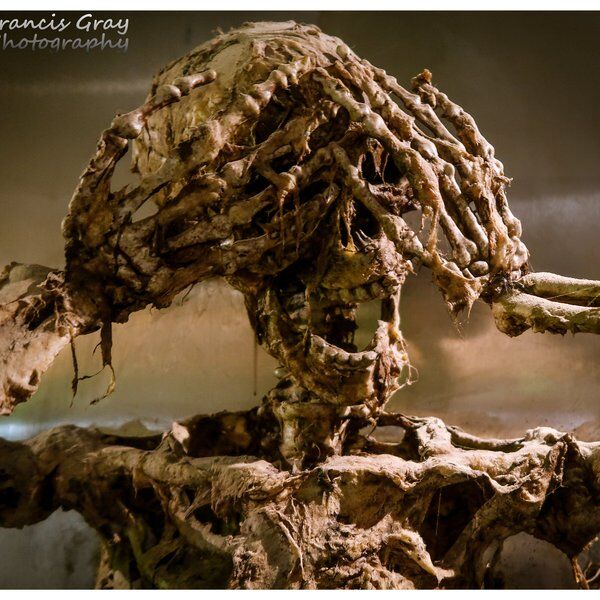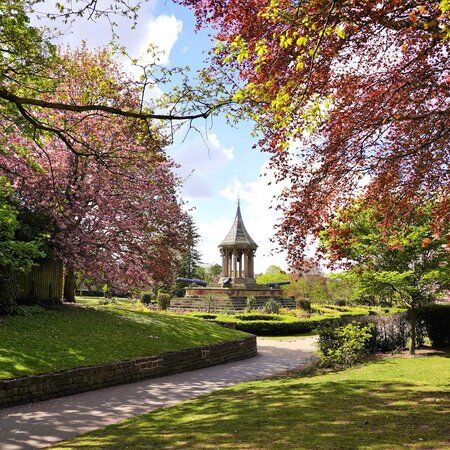
Discover the Nottingham Arboretum
The Nottingham Arboretum, established in 1852, holds the prestigious title of being Nottingham's oldest public park. The mastermind behind its thoughtful layout and design was the renowned botanist and horticultural publisher Samuel Curtis. Woven with a touch of magic the park features over 800 trees, some dating back to the 19th century, exotic plants, tumbling lagoons, tropical bird calls, and cannons and other spoils of war. These enchanting features – likely to have inspired J.M. Barrie, the creator of “Peter Pan” – and its continued meticulous upkeep, has earnt the arboretum a Green Flag Award and a 1986 Grade II listing, with Historic England.
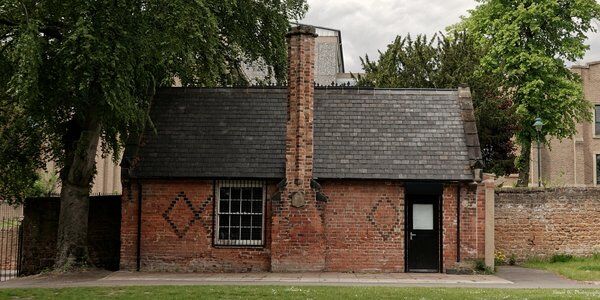
As Nottingham's closest park to the city centre, the arboretum serves as a vital retreat for the community, easily accessible via the tram network and hosting a variety of organised events. Step into the Nottingham Arboretum, a living chronicle of Nottingham's arboreal heritage, traverse the Tree Trail and Heritage Trail, and immerse yourself in the timeless allure of this award-winning park.

Creating the Nottingham Arboretum
On 11th May 1852 30,000 people gathered to witness the official opening of the 17-acre Nottingham Arboretum. Its creation was inspired by the Victorian era's enthusiasm for public parks. Curtis, who had earlier contributed to the design of London's Victoria Park, envisioned a calming place to relieve people from their daily troubles. By setting the arboretum – a botanical collection of primarily woody trees – within a public park at the heart of the city centre, he achieved just this.
Curtis recorded his initial plans for the layout of the walkways throughout the arboretum, and specific areas where the trees and shrubs were to be planted in the 1852 ‘Nottingham Arboretum Opening Booklet’.
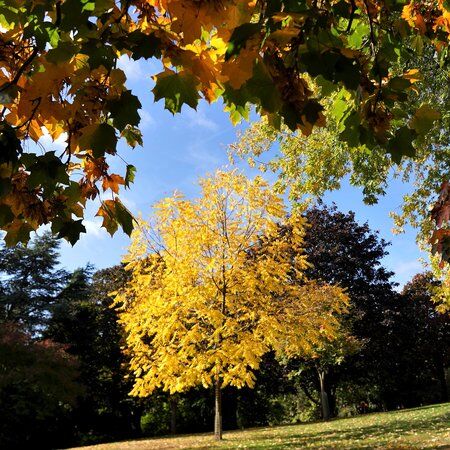
Inside the Nottingham Arboretum
The Botanical Collection
The Nottingham Arboretum consists of a diverse collection of trees, both native and exotic, contributing to its status as a living botanical showcase. Today, the fully grown and mature specimens are considered to be authentic living artefacts from Curtis's original choices.

The commitment to preserving the arboretum’s botanical heritage is evident in recent plantings, where a significant portion of shrubs, plants, and trees were thoughtfully selected to ensure the arboretum's legacy for generations to come.
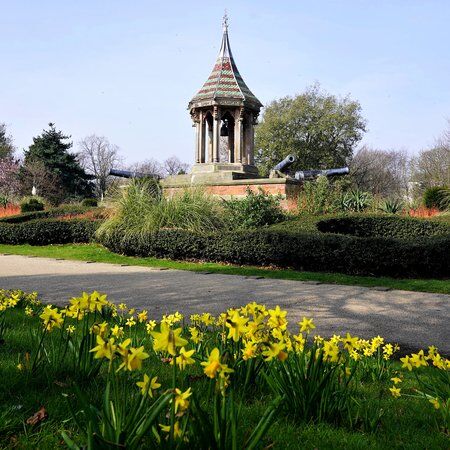
Beneath the leafy canopy, Nottingham Arboretum also houses specialised gardens and collections, creating a diverse tapestry of natural wonders that captivate visitors throughout the changing seasons. From the enchanting Dell Garden to the vibrant Flower Garden and the intriguing Healing Garden, each specialised area offers a unique botanical experience, enriching the Arboretum's landscape and providing a haven for those seeking to satisfy their horticultural curiosities.
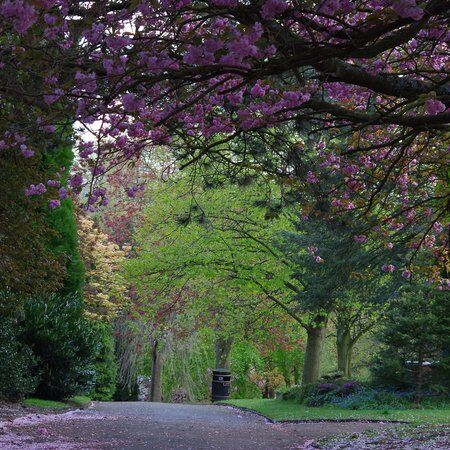
Main Features
One of the arboretum’s defining features is its captivating centrepiece, a pagoda built to house a bell taken from a Cantonese temple. But there are also 19th-century Russian cannons arranged in a defensive ring around the pagoda, aviaries, a bandstand, and the Arboretum Cafe open daily. Though improvements and enhancements have been made over the years, the Victorian heritage and Curtis’ vision has remained intact.
After being granted money from the Heritage Lottery, Nottingham City Council made notable renovations to the Bell Tower, Circular Aviary, and Bandstand in 2002, breathing new life into the historical landscape.

Water Features
The Nottingham Arboretum is graced by several water features that allow a softening of the park and its visitors to submerge themselves more deeply, in the serenity of the landscape.
There is a picturesque lake, surrounded by weeping willows, which visitors can stroll around and enjoy a peaceful moment by the water. The rhythmic flow of the water features complements the arboretum's ambiance, creating a soothing backdrop for relaxation.
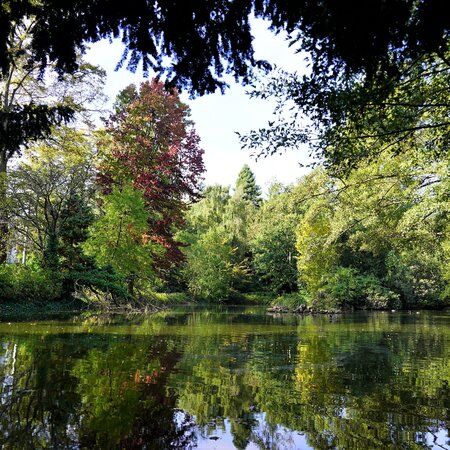
Peter Pan and the Nottingham Arboretum
Over the years, the arboretum has inserted itself into local lore. Rumours suggest that J.M. Barrie, author of Peter Pan, found inspiration in the mystical beauty of the arboretum, later using it as the setting for Neverland, during his time as a reporter for the Nottingham Daily Journal in the 1880s. While the legend persists, it stands as a testament to the enchanting and historical significance of the park.
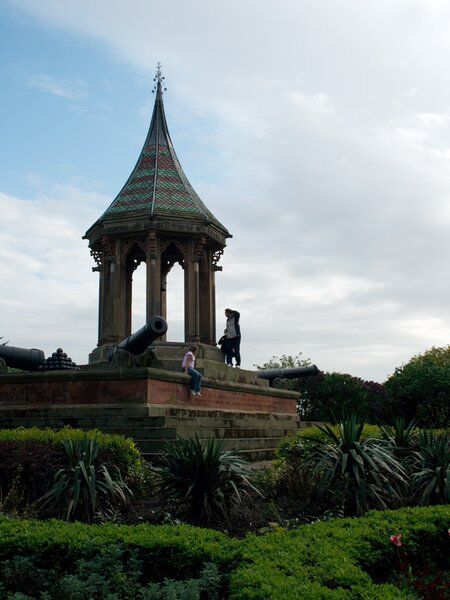
Preserving the Nottingham Arboretum
Conservation Areas are areas of the city of special character and historic interest that are subject to special planning controls. As a cherished green space in Nottingham, the arboretum is a crucial focus of urban conservation efforts and was designated as a Conservation Area in 1983. The preservation of mature trees, the introduction of new plantings, and sustainable landscaping practices contribute to the arboretum's commitment to environmental stewardship.
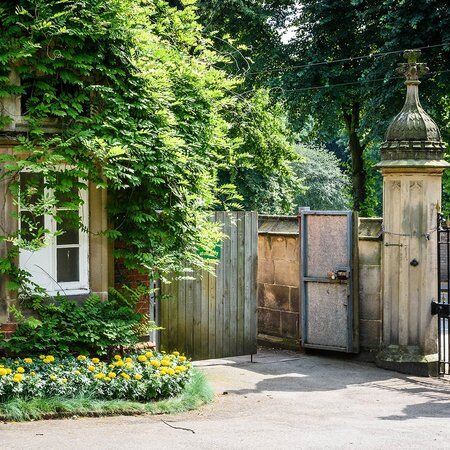
Interested in finding more places like this? Try one of our Treasure Trails in Nottingham - untangle cryptic clues as a team, as you are taken on a journey to the most unique, unusual and bizarre corners of York.
